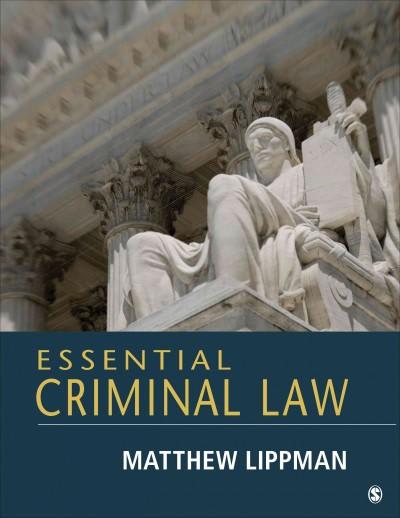Question
In November 2011, Rosemarie Roopchand made a $200,000 loan to Raheek Mohammed. The parties executed a promissory note stating that Moham-med would repay Roopchand the
"In November 2011, Rosemarie Roopchand made a $200,000 loan to Raheek Mohammed. The parties executed a promissory note stating that Moham-med would repay Roopchand the principle sum of $200,000 with interest at the rate of 100 percent for the term of the loan, i.e. 50 percent per year for two years. The note also included a provision where, if Mohammed was unable to make payments, his com-pany, Medina Petroleum Corporation would make Roopchand whole.Roopchand invariably filed an action against Mohammed, his wife, and Medina Petroleum after Mohammed fail to complete payment on the promissory note. In response, the defendants filed a motion for summary judgment on the ground that the terms of the loan were usurious. The court dismissed the case in favor of the defendants and""Roopchand appealed. In its ruling, the appeals court stated that "where a loan agreement is usuri-ous on its face, usurious intent will be implied and usury will be found as a matter of law." What do you think of this criteria? How would you define the lim-its of "usurious on its face"? In this particular case, the maximum interest rate allowed by the state for a loan was 16 percent. If the interest rate in the prom-issory note was 17 percent would it be "usurious on its face"? What about at 18 percent? 20 percent? 25 percent? How would this case be different if the loan had been made directly to Medina Petroleum Corporation? ["
Step by Step Solution
There are 3 Steps involved in it
Step: 1

Get Instant Access to Expert-Tailored Solutions
See step-by-step solutions with expert insights and AI powered tools for academic success
Step: 2

Step: 3

Ace Your Homework with AI
Get the answers you need in no time with our AI-driven, step-by-step assistance
Get Started


